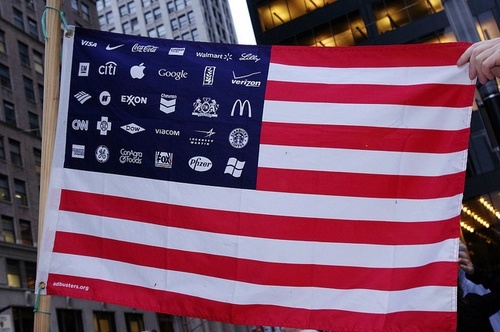
As the Supreme Court Upholds Citizens United the Issue Becomes for Congress Alone to Manage Fix
Democracy, elections and voting at Democracy Chronicles
There is plenty of reaction on the internet amongst the election reform community in relation to the Supreme Court’s upholding of the Citizens United ruling but Rick Hasen’s Election Law Blog, as always, has the full story. Here is an excerpt from a post about the ruling today but the original post can be found here:
“…Justice Breyer’s very short dissent is very restrained. It does not contain the stronger rhetoric of Justice Ginsburg’s earlier statement in the case in connection with the stay. So no speaking “truth to power” as I had suggested the dissenting Justices might want to do in this case. The tone is more of lamenting. Justice Breyer says that the vote for the per curiam reversal signals that the Court is not ready to either reconsider Citizens United or at least examine its application in light of this case. So what’s the point of a full hearing he says?”
“…Justice Breyer’s “what’s the point” statement points to another fundamental point about this case. I view this as a relative victory for campaign finance reformers. How is that possible, when the Court has reaffirmed the correctness of Citizens United? Because taking the case would have made things so much worse. As I have written, I was simply baffled by the full court press to get the Court to take the case. As Rick Pildes explains in his post today, there’s no reason to believe that the CU majority Justices care about the public outcry against the earlier decision. Taking the case would have been an opportunity for the majority of Supreme Court justices to make things worse, such as by suggesting that limits on direct contributions to candidates are unconstitutional. The best way to win before the Roberts Court if you are a campaign reformer (aside from on disclosure issues) is not to play.”
Hasen also has further analysis of the ruling found here, that begins with the following:
In holding Montana’s ban on corporate electioneering unconstitutional today, the Supreme Court stuck to its guns about Citizens United and put the lie to shallow, but frequently repeated, theories about how much public opinion constrains the Court. According to these theories, the Court’s decisions do not and will not stray far from “mainstream public opinion” because political institutions or “the public” will punish the Court if its decisions do so. Savvy to this dynamic, the Court factors the “anticipation” of this potential punishment into its decisions and hence avoids from the start decisions that will inflame large majorities. Thus, these large structural forces supposedly constrain the Court to issue only opinions that are well within the mainstream of public opinion on even the most controversial issues. Rather than decisions reflecting a mix of jurisprudential, philosophical, ideological, and legal understandings, the decisions should be understood more like weathervanes in which the Court tilts toward the direction in which the most dominant popular forces happen to be blowing. Journalists are drawn to these theories, since they can take readers outside the more legalistic issues within the opinion to speculate more broadly (even if without any foundation) for why the Court “really” decided a case the way it did.
Leave a Reply